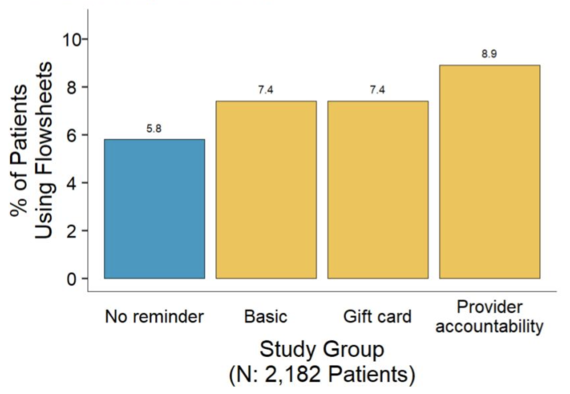|
Learning What Works to Build an Equitable Recovery
The White House American Rescue Plan Team recently released the American Rescue Plan Equity Learning Agenda, which, alongside the Advancing Equity Through the American Rescue Plan report, provides a framework for evaluation and related evidence-building activities of ARP investments on questions of equity.
OES is contributing to this work by leading ten rigorous evaluations in partnership with implementing agencies, focused on ARP-funded programs with equity goals. GSA awarded funding to OES through the ARP-funded Federal Citizen Services Fund to conduct evaluations and other evidence-building activities to support federal government learning, including a national evaluation of equity in ARP.
Ultimately the goal of OES’ activities is to build evidence on what key elements of ARP were used to help advance equitable outcomes and to what extent they achieved the intended goals.
|
|
Enhancing the Effect of Cash Buyback on Return of Unused Opioids
Figure 1: Second reminder card sent to patients approximately one week after surgery
The White River Junction Veterans Affairs Medical Center implemented a cash buyback program, called “Cash for Your Stash,” in which patients who return unused opioid pills to the VA pharmacy can receive $5 per returned pill, up to $50.
OES designed and evaluated a set of two cards to remind patients about the buyback program — one given to the patient when they receive their prescription opioid pills, and another mailed to the patient approximately one week later. The cards were designed to make information available to the patient at a time when they can take action, and to motivate action by framing the incentive as money waiting to be claimed.
Figure 2: Impact of reminder letters on the likelihood of returning pills
The reminder cards increased the likelihood that a patient would return unused pills by 7.0 percentage points over a baseline of 24.8 percent in the control group (p = 0.043). Additional cost effectiveness analysis indicated that the reminder cards reduced the cost per pill returned.
|
|
How much do text reminders encourage uptake of family planning services in Mozambique?
A new publication led by OES in BMJ Global Health details how to increase clinic visits for family planning services in Mozambique through text reminders.
The randomized evaluation included 5,370 women who received referrals to public clinics for family planning services. Women were randomly assigned to be sent a series of eight text messages during the first week and month after receiving a referral, reminding them of their referral and encouraging them to visit a clinic.
Text reminders led to an increase in clinic visits, particularly among younger women and women in the period prior to the COVID-19 state of emergency in 2020. The text messages increased clinic visits by 2.26 percentage points, from a baseline of 47.4 percent of women visiting a clinic in the control group.
|
|
Electronic blood glucose monitoring impacts on provider and patient behavior
A new publication in the Journal of the American Medical Informatics Association documents a randomized evaluation run in collaboration between OES and Inova Health System that tested the impact of multiple interventions to promote patient-generated health data, through self-monitoring and electronic tracking of blood glucose.
The total study sample consisted of 7,052 patients with diabetes across 68 providers at 20 selected primary care offices. The design included two stages: First, primary care practices were randomly assigned to have their providers receive education regarding blood glucose flowsheet orders. Then, patients in the treated practices were assigned to one of four reminder interventions.
Figure 3: Impact of patient reminders
 Provider education successfully increased provider take-up of an online blood glucose monitoring tool by 64 percentage points, and a comparison of reminder interventions revealed that emphasizing accountability encouraged patients to track their blood glucose online. An assessment of downstream outcomes revealed impacts of the interventions on prescribing behavior and A1c testing frequency.
|
|
|
|